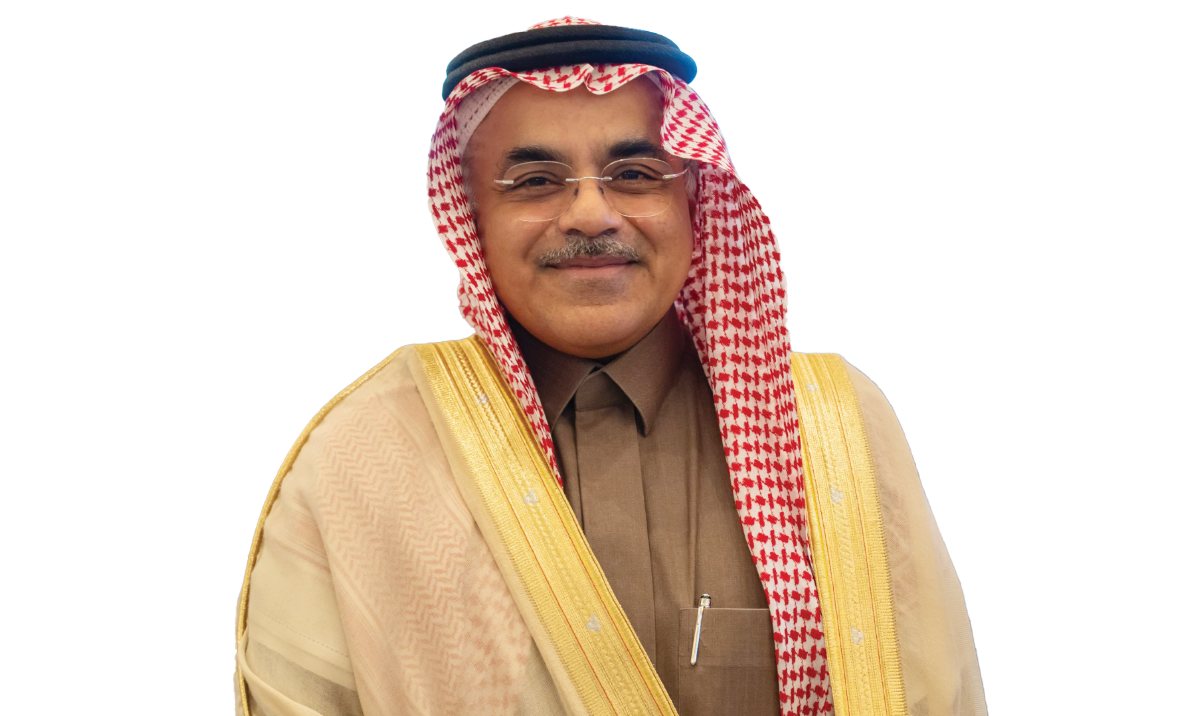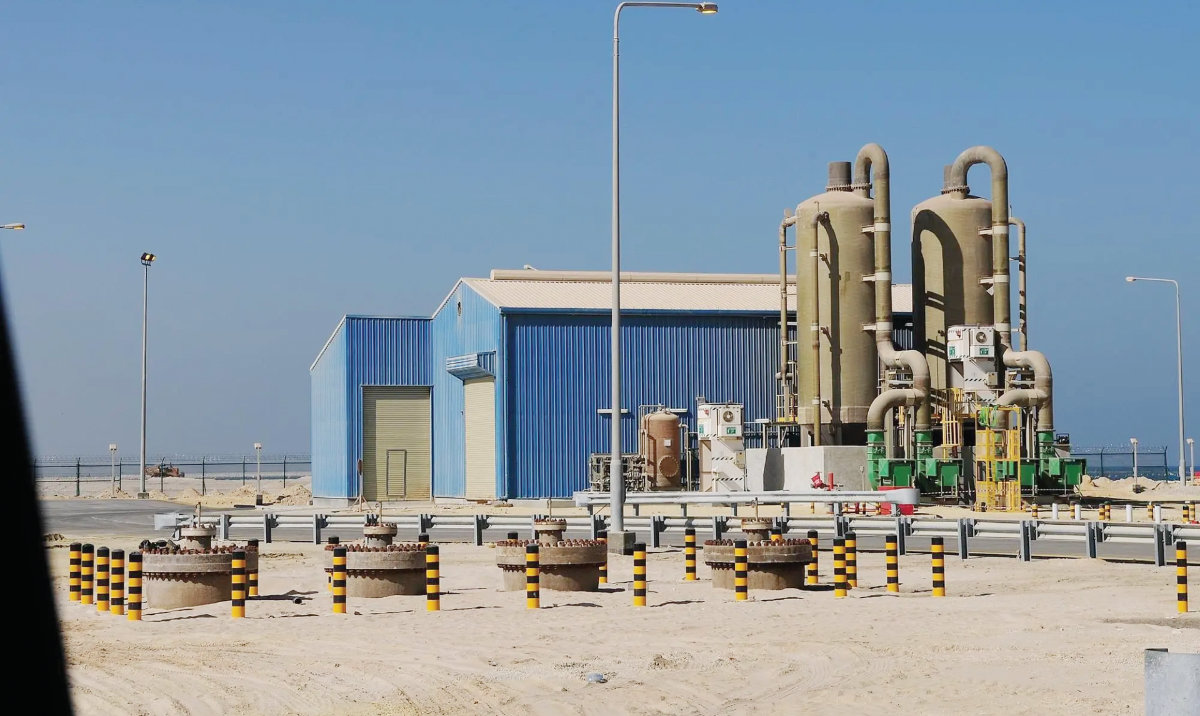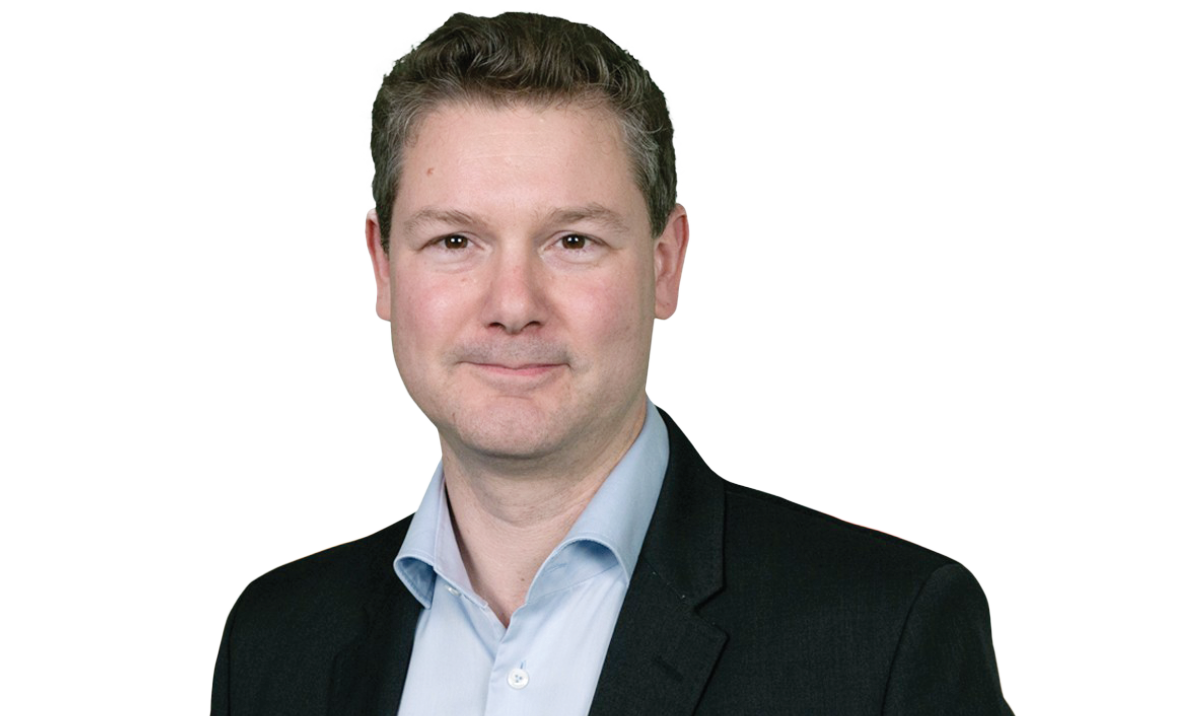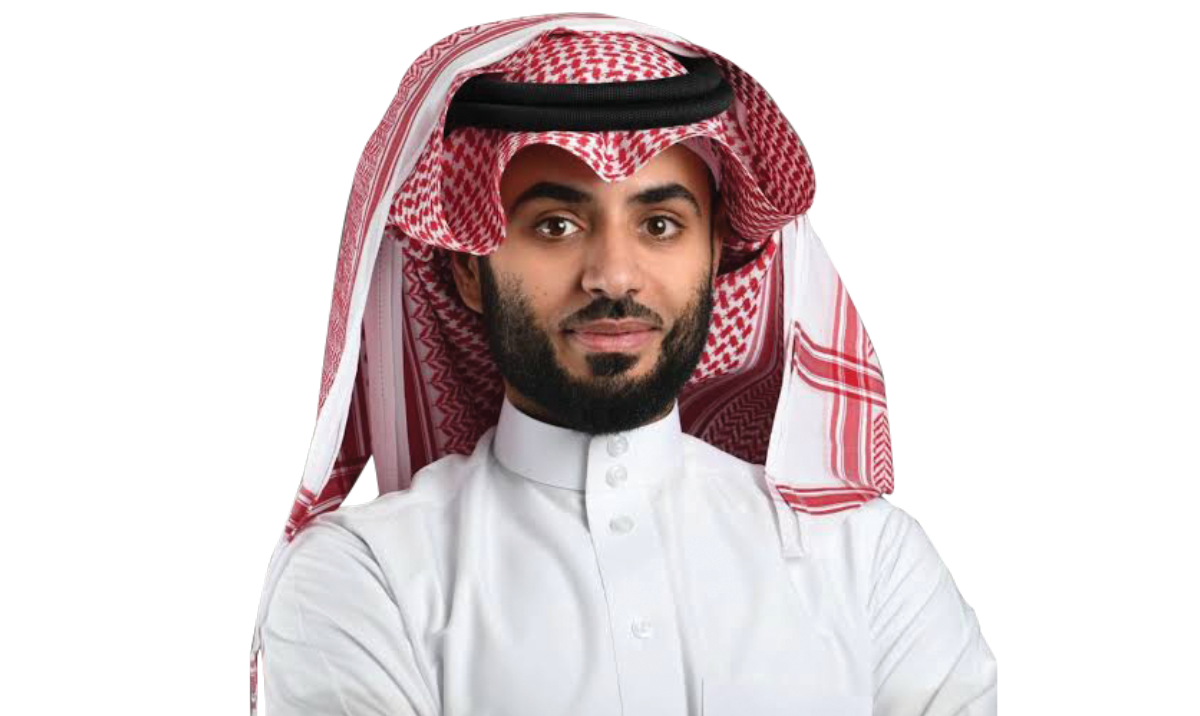RIYADH: Saudi Arabia’s industrial and mining sector has long been recognized for its scale and significance, and Ras Al-Khair Industrial City, on the Kingdom’s eastern seaboard, is proving a critical driver of global supply chains.
A recent media visit to Ras Al-Khair Industrial City, organized by the Ministry of Industry and Mineral Resources, provided an exclusive insight into the vast capabilities of this strategic industrial powerhouse.
After discussions at the Future Minerals Forum in January, the visit underscored the Kingdom’s dedication to bolstering its industrial and mining ambitions, key pillars of Vision 2030.
A pillar of Saudi Arabia’s industrial landscape
As one of the largest industrial cities in the Kingdom, Ras Al-Khair plays an essential role in processing and exporting minerals to global markets.
The industrial zone is home to cutting-edge facilities that reinforce Saudi Arabia’s position as a leading player in securing critical mineral resources while supporting international supply chains.
A tour of the city revealed its state-of-the-art infrastructure, including the facilities of the Saudi Iron & Steel Co., also known as Hadeed, a wholly owned subsidiary of the Public Investment Fund, and Ma’aden’s phosphate and ammonia production sites.
The presence of aluminum smelters and the International Maritime Industries further illustrates the depth of the region’s industrial integration.
“Mining is very critical and very important in two aspects. It’s an industry by itself, from exploration to refining, and then turning it into a product used by different industries. The Kingdom is moving strongly in this direction,” Khalil bin Salamah, the vice minister of Industry and Mineral Resources told Arab News.
Gaute Andreassen, partner at Bain & Co., further highlighted the importance of securing resources, saying: “Saudi Arabia has significant potential within critical energy transition minerals, such as aluminum, copper, and rare earth elements. The country’s efforts to extract these resources at scale can make it a top player in the global mining landscape.”
A hub for global supply chains
Ras Al-Khair’s strategic location on the Arabian Gulf positions it as a key gateway for the export of vital resources, solidifying Saudi Arabia’s role in the global economy.
The city’s advanced transport infrastructure facilitates the movement of raw materials and finished goods, ensuring uninterrupted supply to international markets.
The presence of Ma’aden, Saudi Arabia’s flagship mining and metals company, further amplifies the region’s importance.
With its extensive phosphate operations and world-class aluminum production, the company is instrumental in diversifying the Kingdom’s economic base and reducing its reliance on hydrocarbons.

We are utilizing green energy for a greener economy, offering lower carbon footprint products to the world.
Khalil bin Salamah, vice minister of Industry and Mineral Resources
Bin Salamah also noted Saudi Arabia’s growing role as a global supplier, saying: “We are finding more resources available in Saudi Arabia, available at commercial quantities, attracting local and foreign investors.”
Saudi Arabia is not only rich in mineral resources but is also making significant strides in ensuring these resources are extracted, refined, and utilized efficiently.
The Kingdom’s ongoing investments in infrastructure and logistics are enabling smoother and more cost-effective mining operations.
Additionally, regulatory reforms and incentives are attracting international mining companies, further strengthening Saudi Arabia’s position as a global mining hub, available at commercial quantities, attracting local and foreign investors.

Chris Braun, head of Europe, the Middle East and Africa mining practice and partner at Bain & Co., echoed these sentiments, stating: “The Kingdom is making major strides in ensuring that mining discoveries lead to economic benefits. Through localization policies and infrastructure investments, Saudi Arabia is positioning itself as an attractive destination for foreign investors.”
The Kingdom’s Vision 2030 aims to position Saudi Arabia as a global mining and industrial powerhouse, and Ras Al-Khair stands at the forefront of this transformation.
Investments in high-tech facilities, research, and development continue to drive efficiency and sustainability in the sector.
Titanium, rare earth metals, and other critical minerals are also part of the Kingdom’s industrial strategy.
“Saudi Arabia is doubling its capacity to be a reliable global supplier to the world when it comes to the titanium industry. We are exploring how to use titanium and other value-added products in manufacturing components for aviation and turbines,” Bin Salamah said.

Saudi Arabia sits on a lot of the levers that are likely to yield success in mining.
Chris Braun, head of Europe, the Middle East and Africa mining practice and partner at Bain & Co.
This underscores the Kingdom’s ambitions in high-tech manufacturing and advanced industries. Additionally, the phosphate and aluminum sectors are playing a vital role in global supply chains.
“Saudi Arabia is playing a big role, taking phosphate from Wa’d Al-Shamal to Ras Al-Khair, producing the AP (alkaline phosphatase), a critical component for global food security,” Bin Salamah said. “The bauxite that goes into aluminum is now supplying the aviation and auto industries,” he added.
Bain & Co.’s Andreassen said: “The question of commercial viability is important, but Saudi Arabia’s endowment of minerals, combined with strong government initiatives, will create an environment where these resources are efficiently utilized.”
Future-ready industrial giant
Sustainability is also a key focus in the Kingdom’s industrial expansion, Bin Salamah said, adding that Saudi Arabia is starting the mining and refining industry at an earlier stage of development to give an increased opportunity to adopt new technologies in this area.
He added: “We are utilizing green energy for a greener economy, offering lower carbon footprint products to the world.”
This aligns with Saudi Arabia’s efforts to integrate renewable energy and sustainable practices in industrial production.
The visit to Ras Al-Khair reaffirmed the Kingdom’s commitment to industrial expansion and economic diversification.
With its robust ecosystem of mining, metals, and maritime industries, Ras Al-Khair is poised to play an even greater role in shaping the future of global supply chains.
“Saudi Arabia sits on a lot of the levers that are likely to yield success in mining. It has access to many minerals that are critical for the region and globally in the years to come,” Braun said.
He added: “Through a local major player in the mining sector in the Kingdom, KSA has potential to become a global champion if it continues its growth trajectory.”
Moreover, the Kingdom is fostering innovation in handling industrial by-products.
“One of the main challenges is the redmart, which comes as a side product when we do the refining of our ore. We are supporting innovative companies to come up with a solution,” Bin Salamah said. As Saudi Arabia continues to accelerate its industrial and mining ambitions, Ras Al-Khair Industrial City is a testament to the country’s progress.






























